I love cheese. Especially fresh homemade ricotta cheese! One of my favorites ways to eat fresh ricotta is with a sprinkle of pine nuts and a light drizzle of honey. Yum!!!
Making ricotta is so easy and simple. And once you taste it fresh, you’ll never buy the stuff in the plastic tubs again. All you need is milk, cream, salt, and some sort of acid. Traditionalists will use whole milk. But I have no use for leftover whole milk… so my recipe uses 1% lowfat milk instead. Believe me – with the addition of the heavy cream, it won’t matter that you are using lowfat milk.
Some ricotta recipes call for vinegar – but I prefer the mildness that lemon juice brings. I think it also makes the curds finer and more delicate. But feel free to use white vinegar instead if you do not have any lemon juice – just limit the volume to 3 T. of vinegar only if you are doing the substitution. Many recipes will also call for cheesecloth to strain the ricotta. I have some cheesecloth – somewhere in the black hole that is my kitchen – but I can never find it. It’s much easier just to use paper towel. Take one large sheet and separate it into one-ply thickness, and use to line your colander. This recipe will make about 2 cups of fresh ricotta.
- 4 c. 1% milk
- 2 c. heavy cream
- 1 tsp. sea salt
- 5 T. lemon juice
- colander
- cheesecloth or paper towels

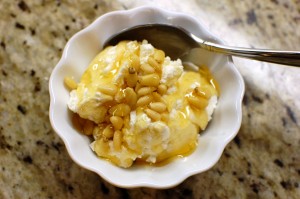
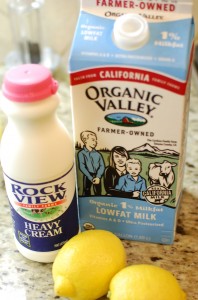
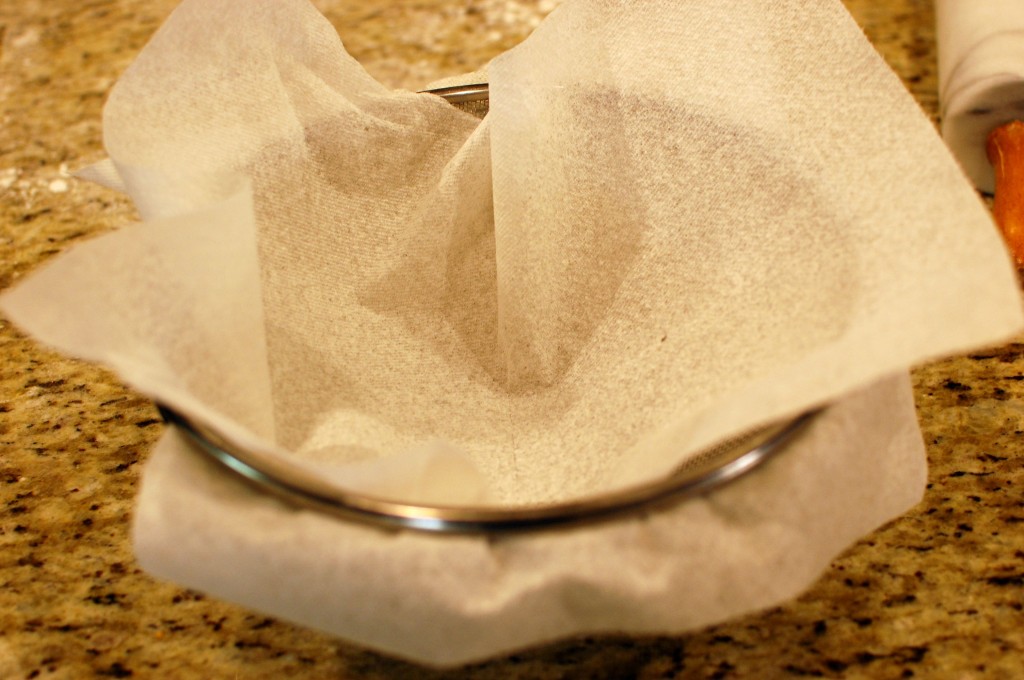
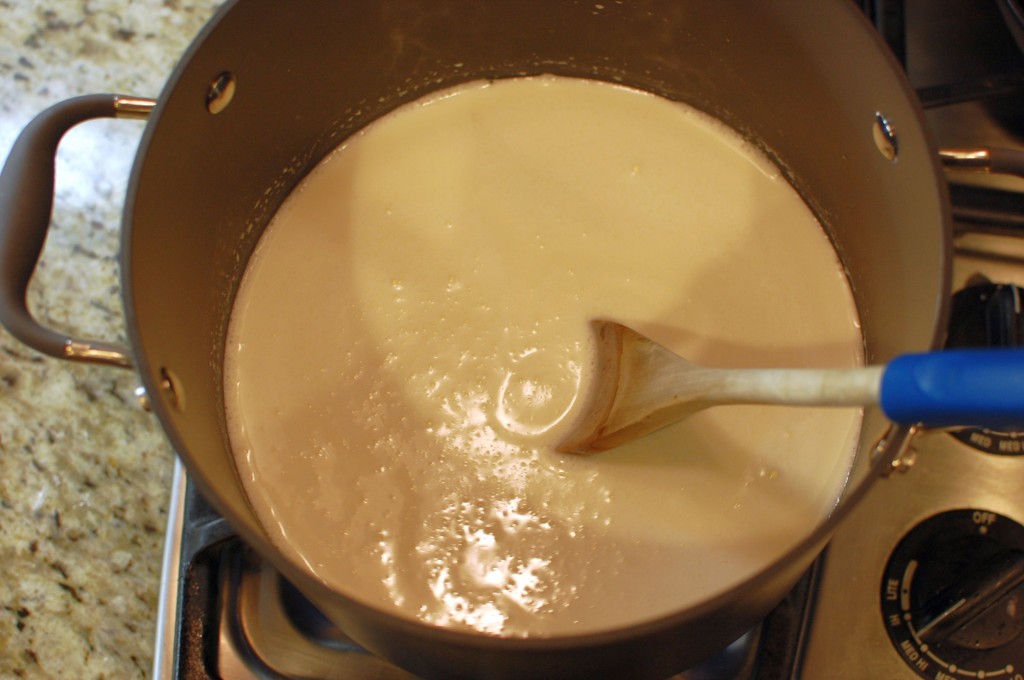
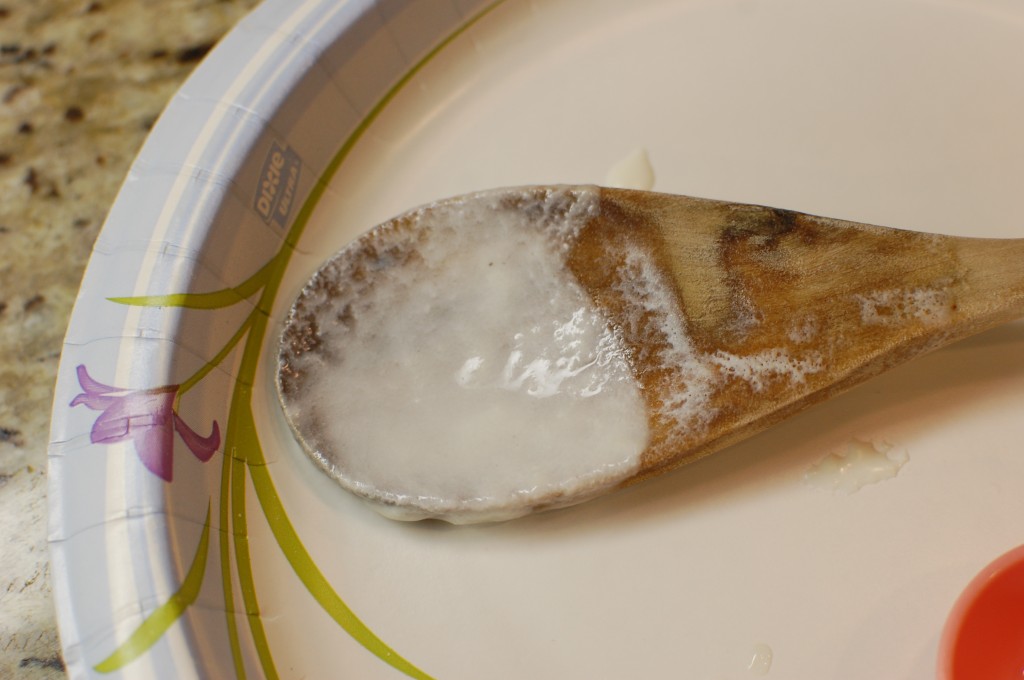
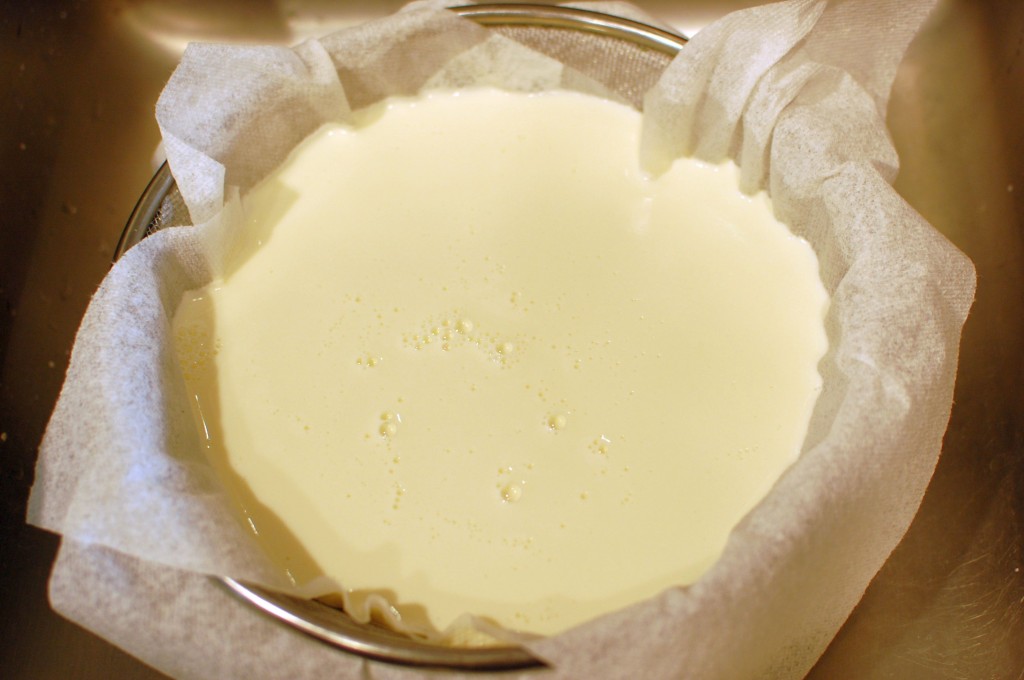
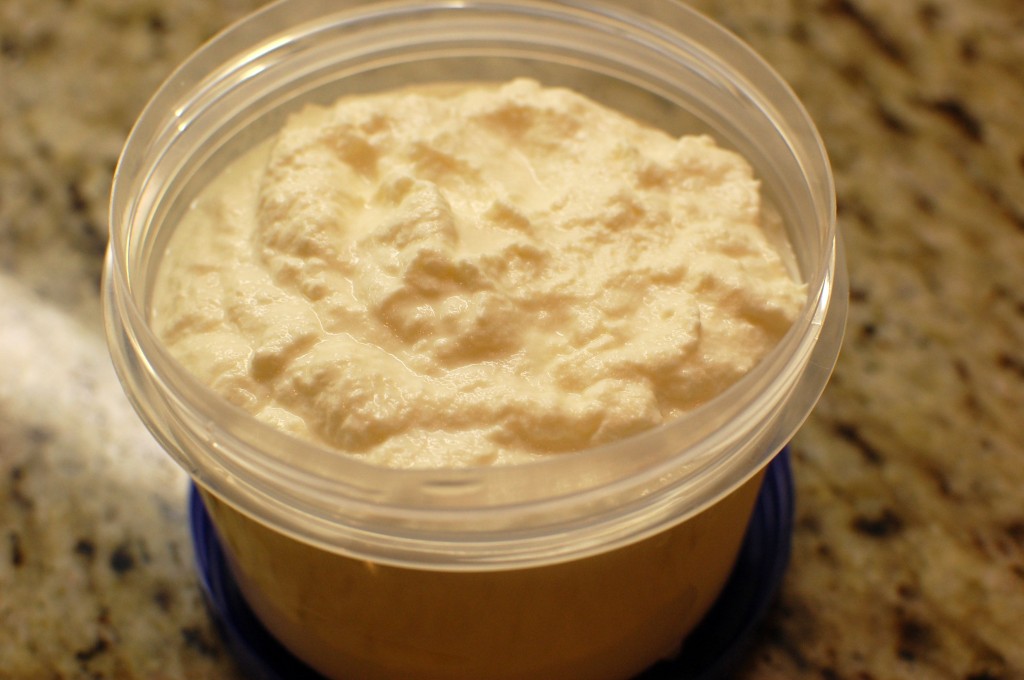


I’m making this right now! I think I may have been a little too generous with the lemon juice though; preliminary taste testing shows a distinct lemony-tart flavor to it. Maybe this will go into a cannoli…
Go easy on the lemon juice at first… I generally start with 3 T. and only add more if needed. But while still draining, the whey gives it a more lemony flavor – the final result usually doesn’t taste lemony once you are done draining. Hope it works out for you!
Hello – I live at 4,200 feet, where things boil at a lower temperature. Do you have the exact temperatures the mixtures should get before they’re ready for straining? Thanks, KXJ
Sorry, I don’t take exact temperatures when I make this recipe. You don’t actually need to boil the milk though… just basically scald it, add the acid, then let it simmer a little bit longer (but not boil). After about 10 minutes, it should be ready for straining. It’s not really the heat that creates the precipitate… it’s the acid.
You don’t actually need to boil the milk though… just basically scald it, add the acid, then let it simmer a little bit longer (but not boil). After about 10 minutes, it should be ready for straining. It’s not really the heat that creates the precipitate… it’s the acid.
I made this today and it was fantastic!!!
It was easy and soooo decadent. This will be a new household staple. Thank you for the recipe!!!
Thanks for the feedback, Pati!
hi there
if i’ll leave it more then 75 min, will i get it a little bit thicker?
i’m here because i saw your Cannoli recepie. and i want a thick ricotta cream..
Yes, if you strain it longer, more of the whey will draine out and it should become a bit stiffer.
Ok, dumb question time…….. after you strain it, are we keeping the stuff on top of the strainer or the stuff that has passed through the strainer?
The liquid we are straining out can go down the drain. The curds will be in the top of the strainer.
Hi
Can I use 2% milk instead of the 1%. I always have 2% in my refrig.
I think that would work just fine.
Is your t like 3t a tsp or table spoon
“T.” (capital letter T.) = tablespoon
“tsp.” (lowercase letters tsp.) = teaspoon